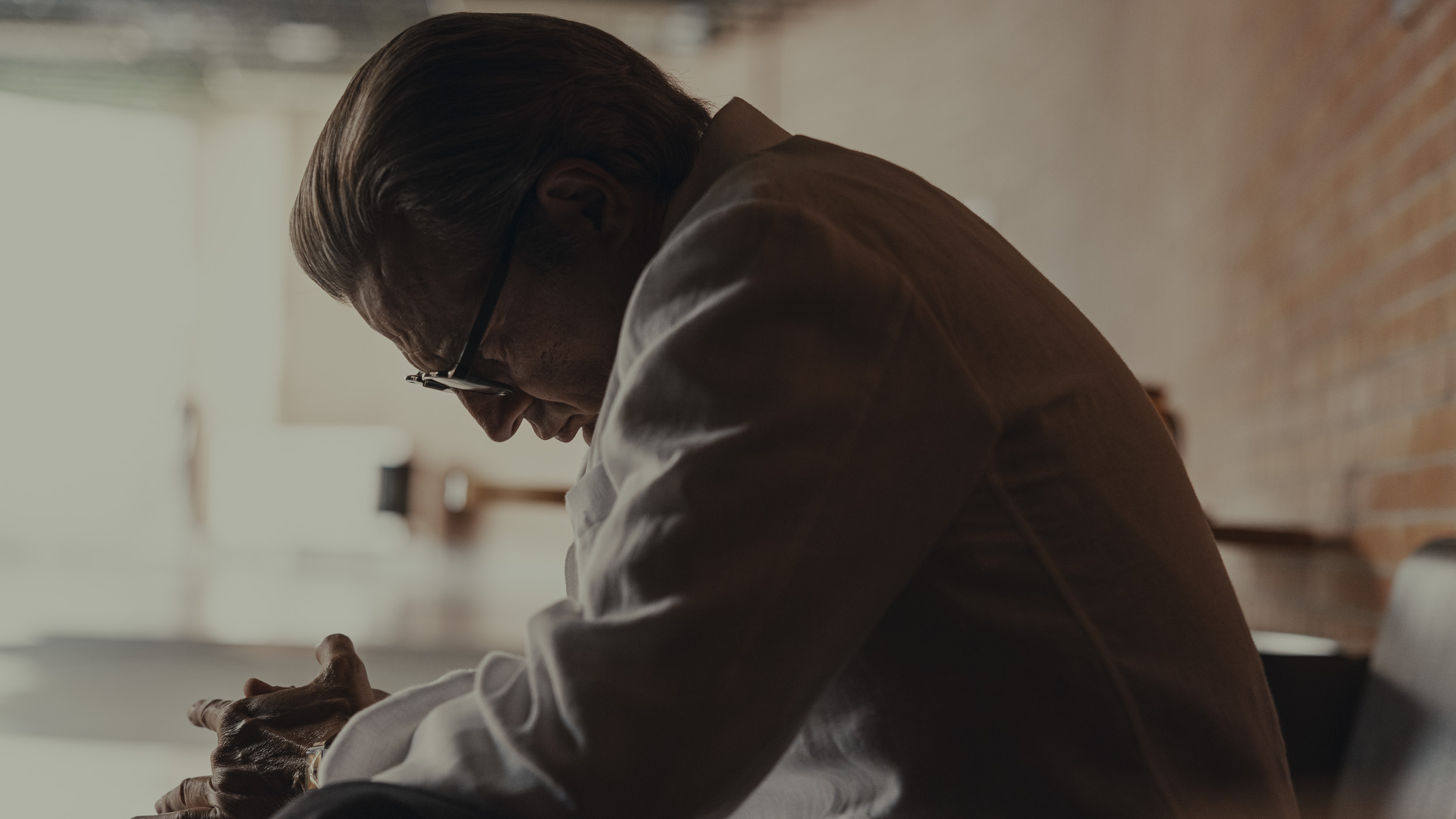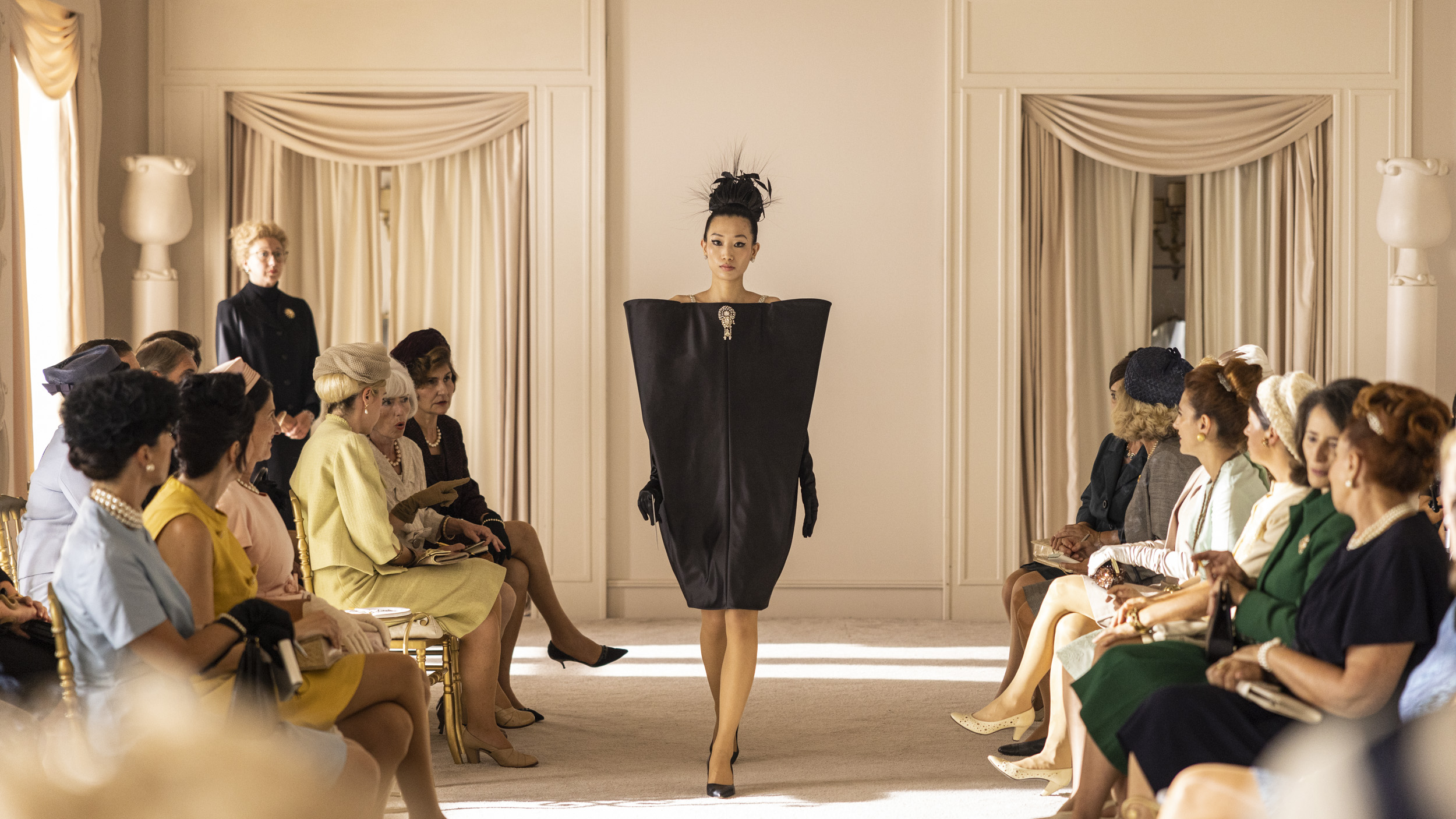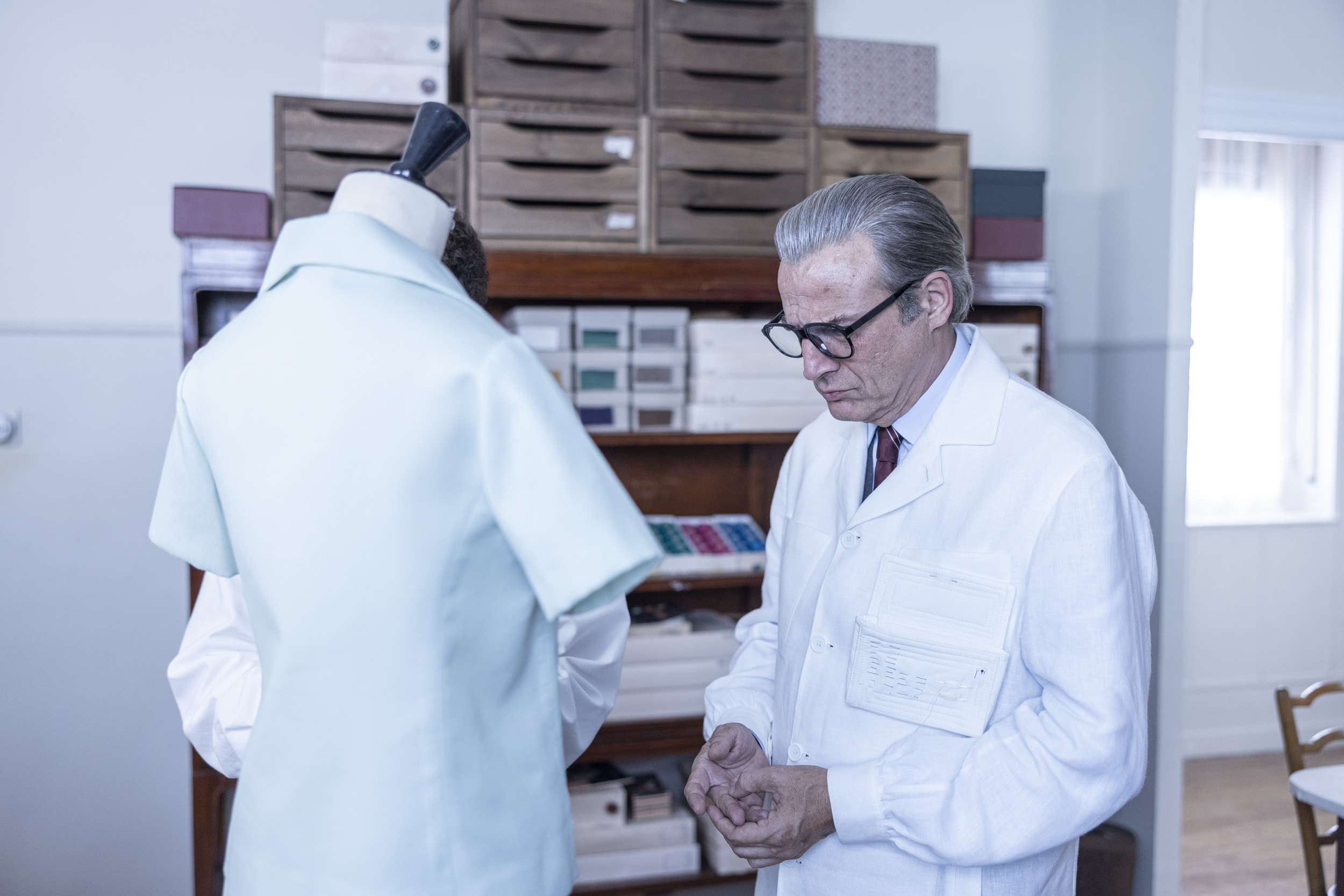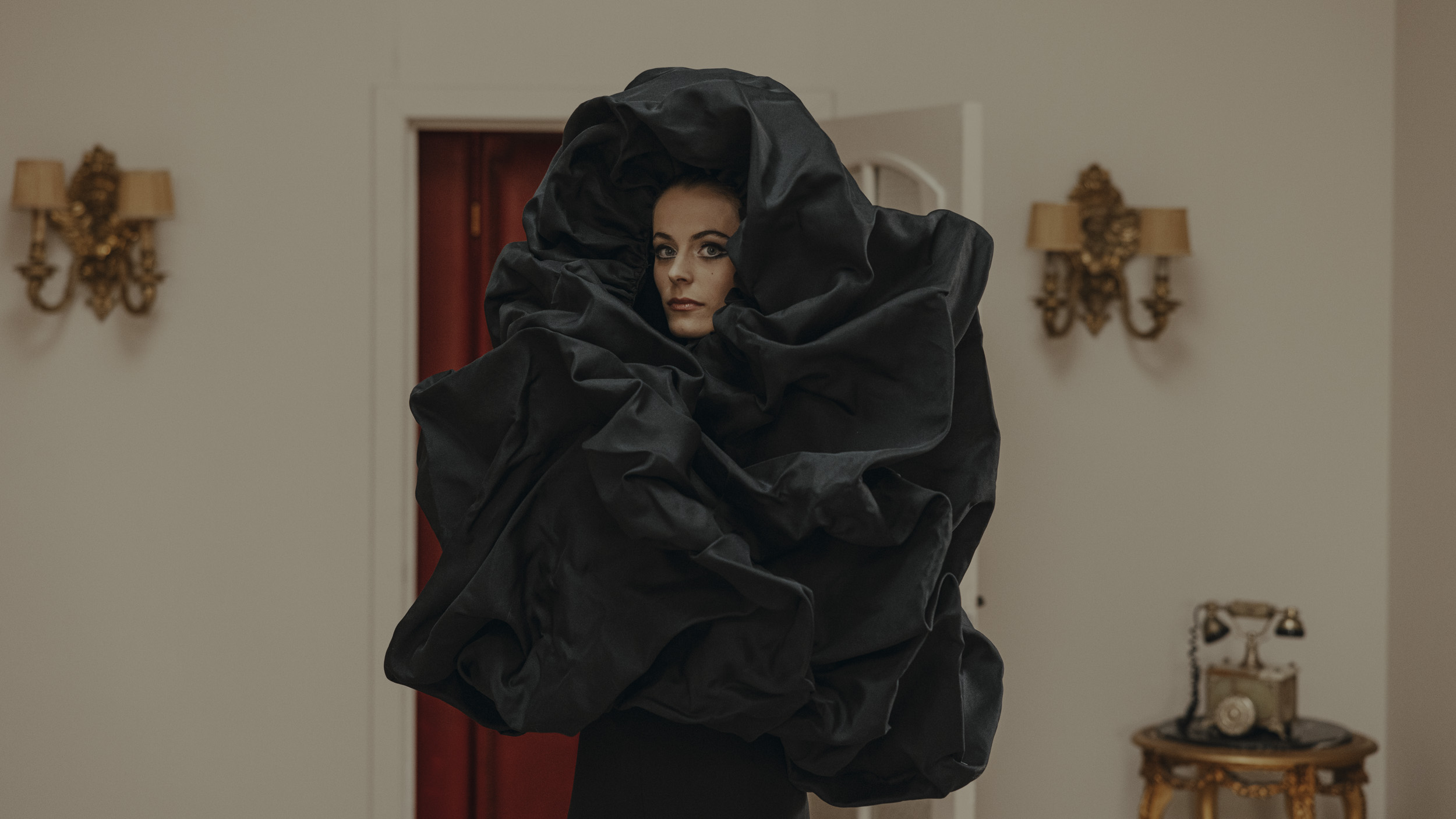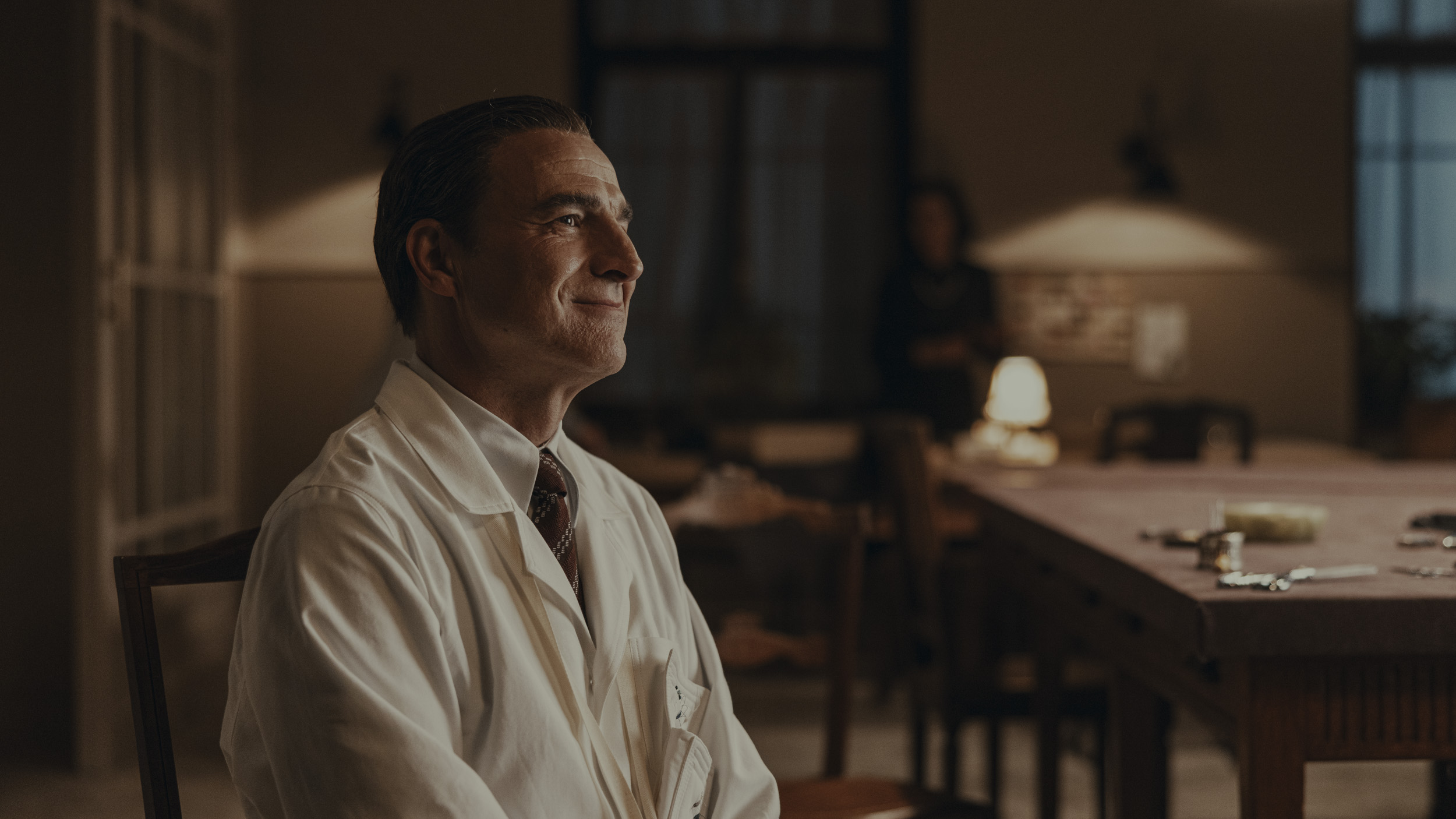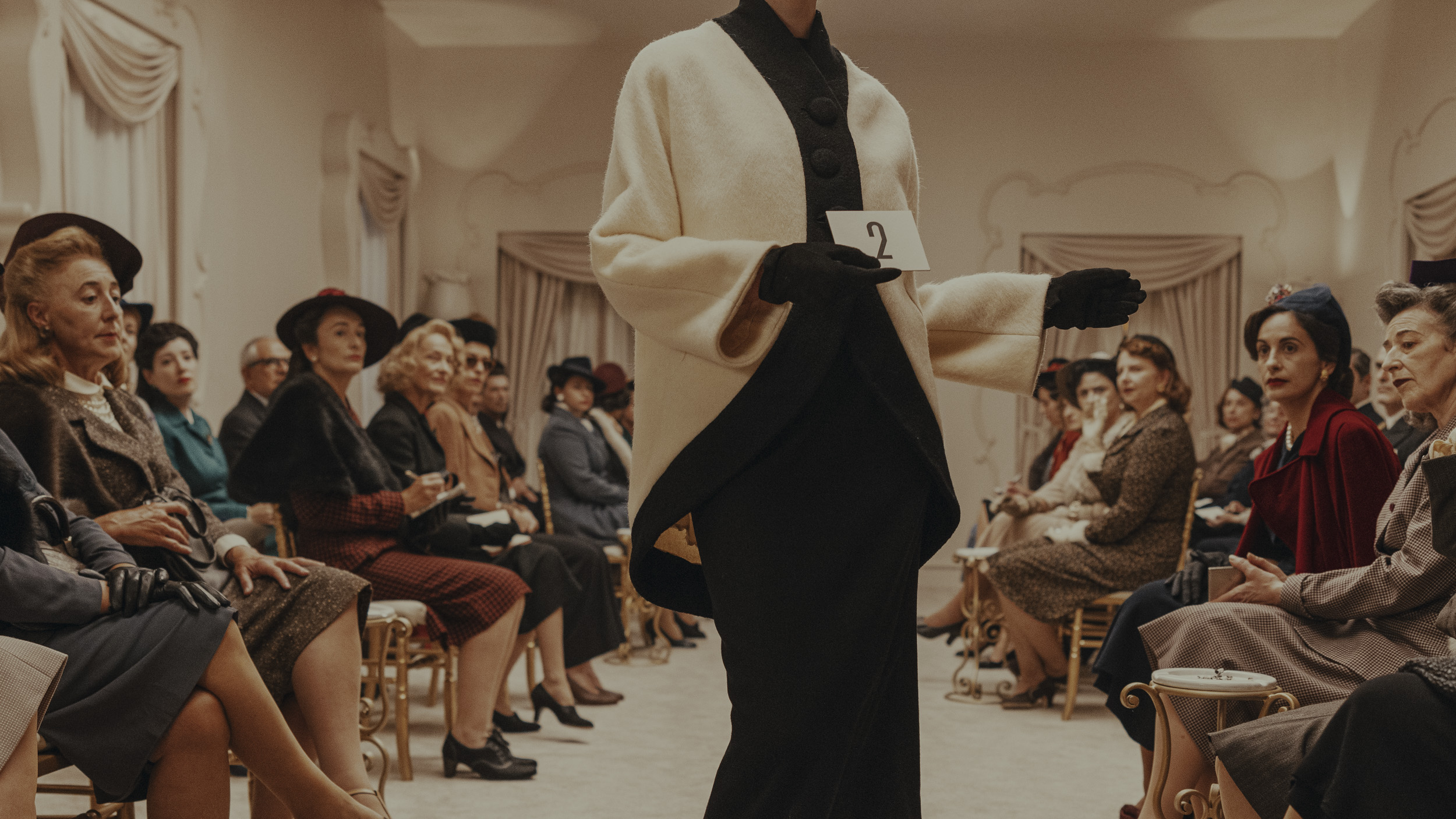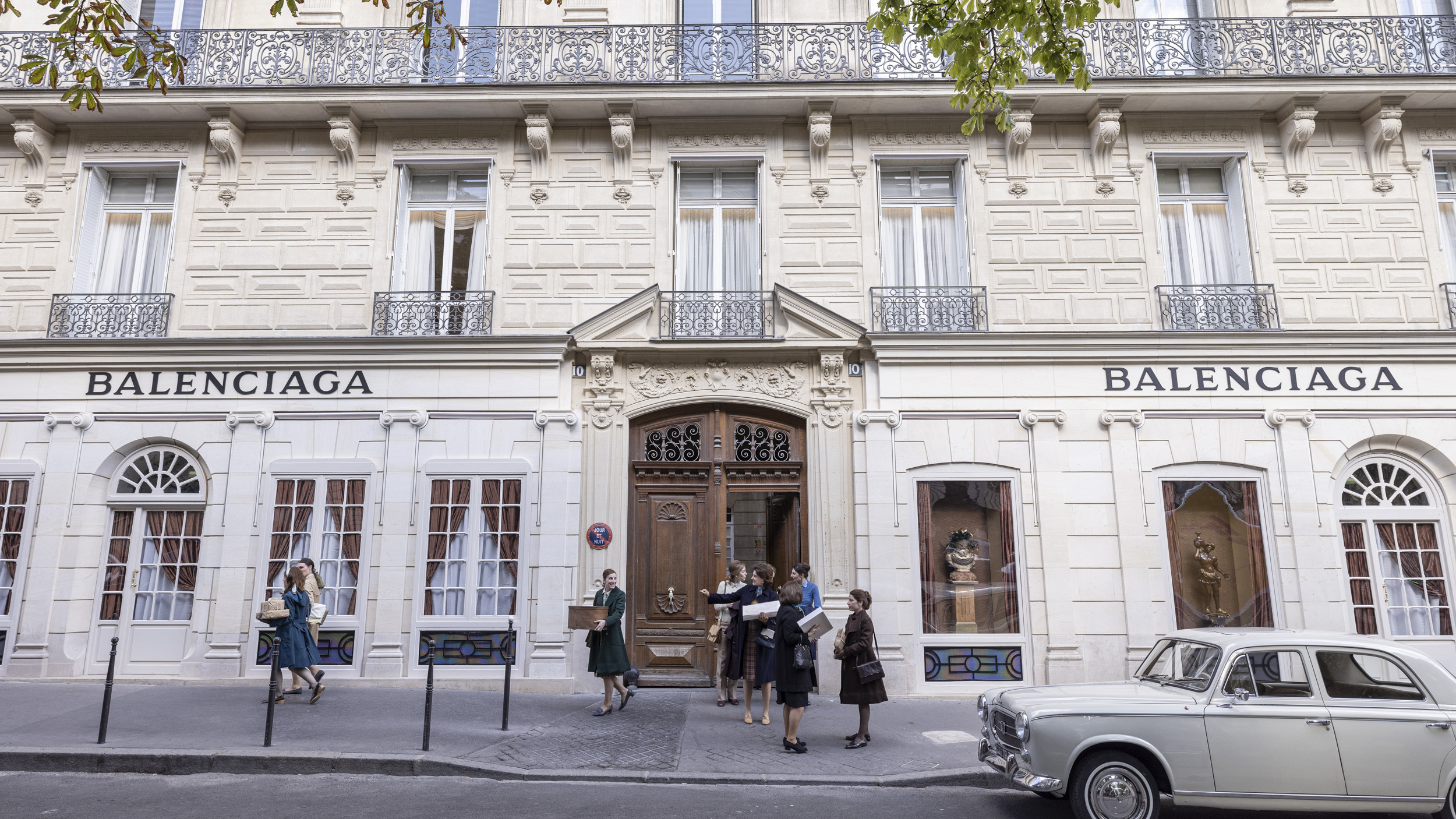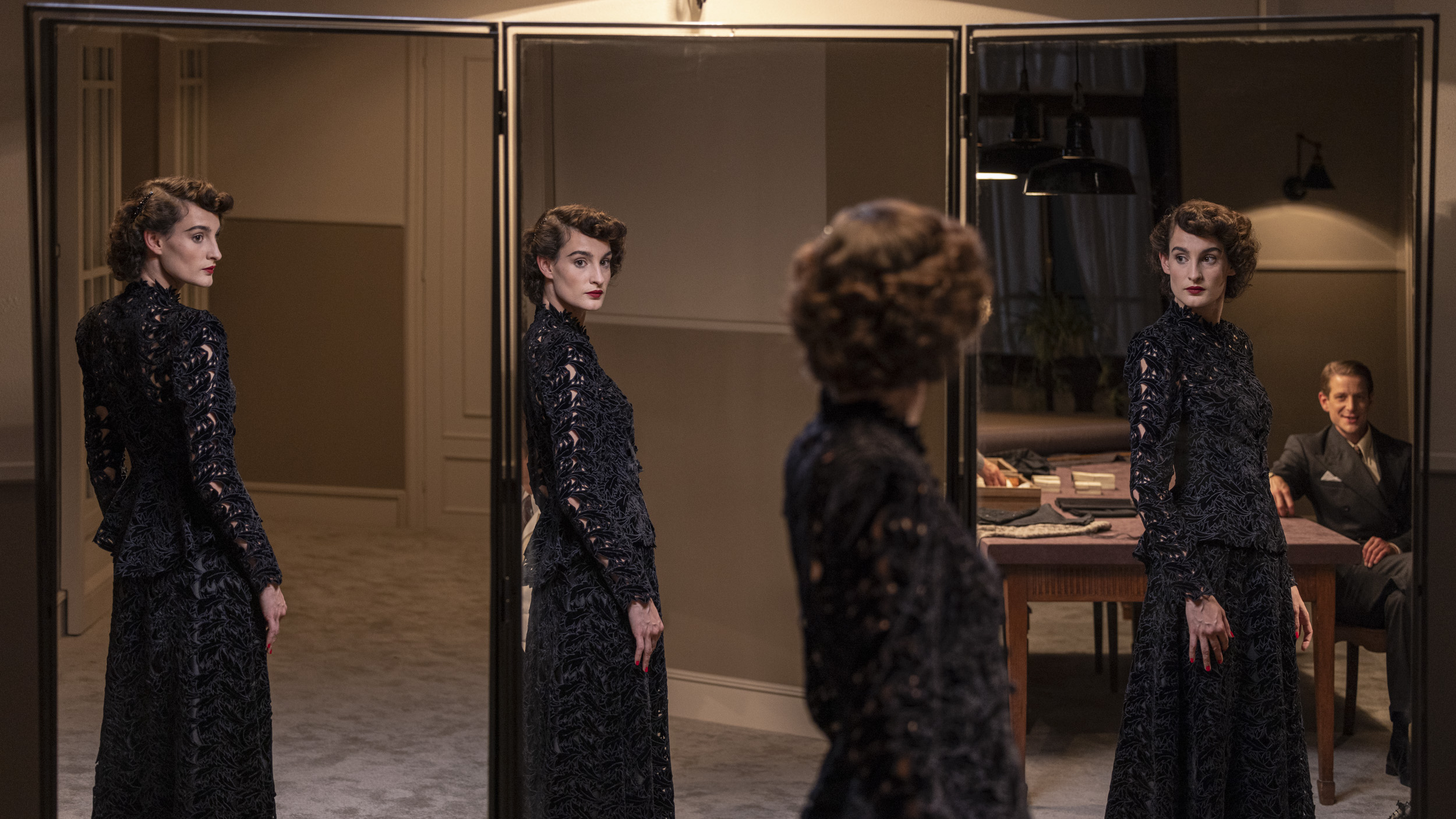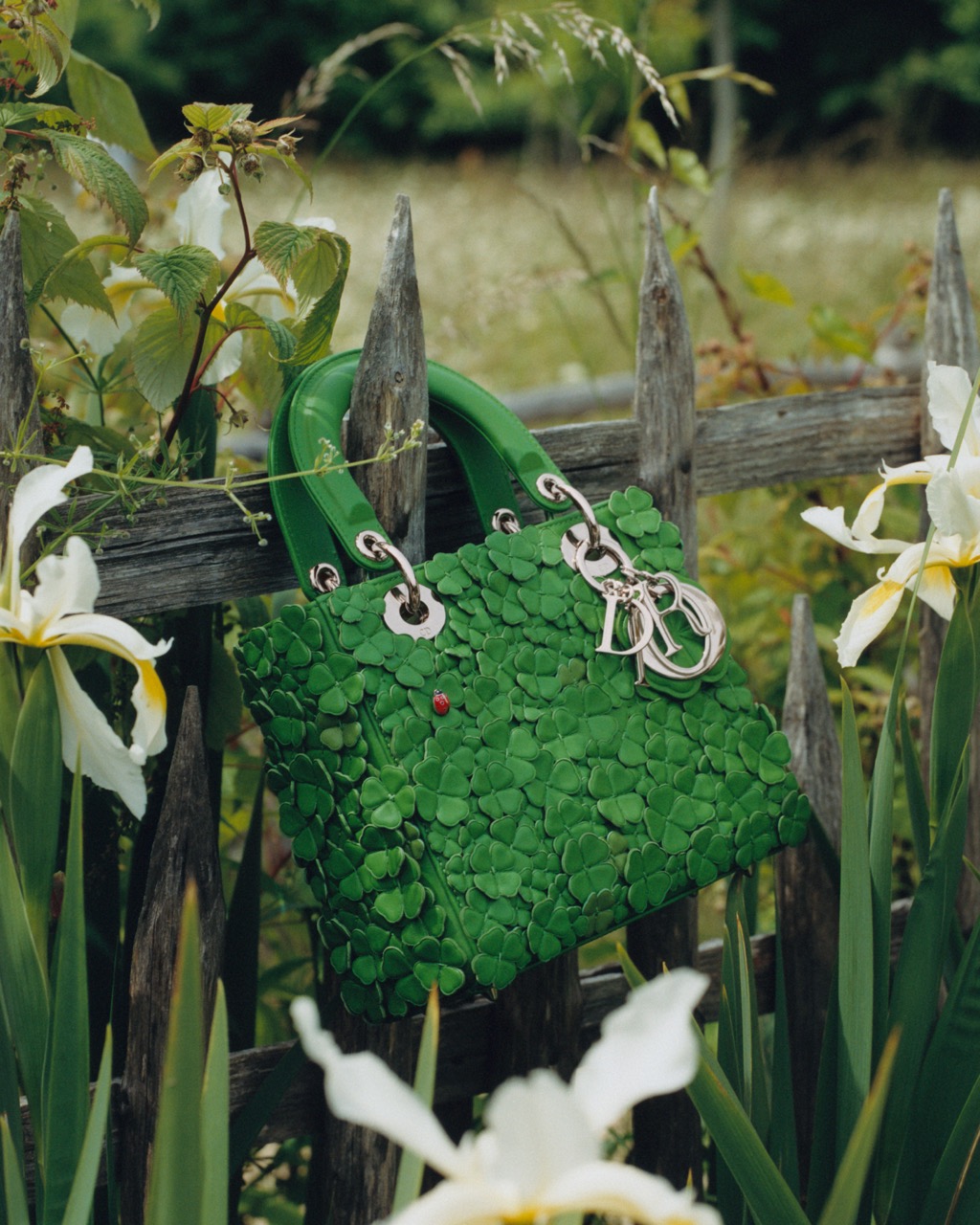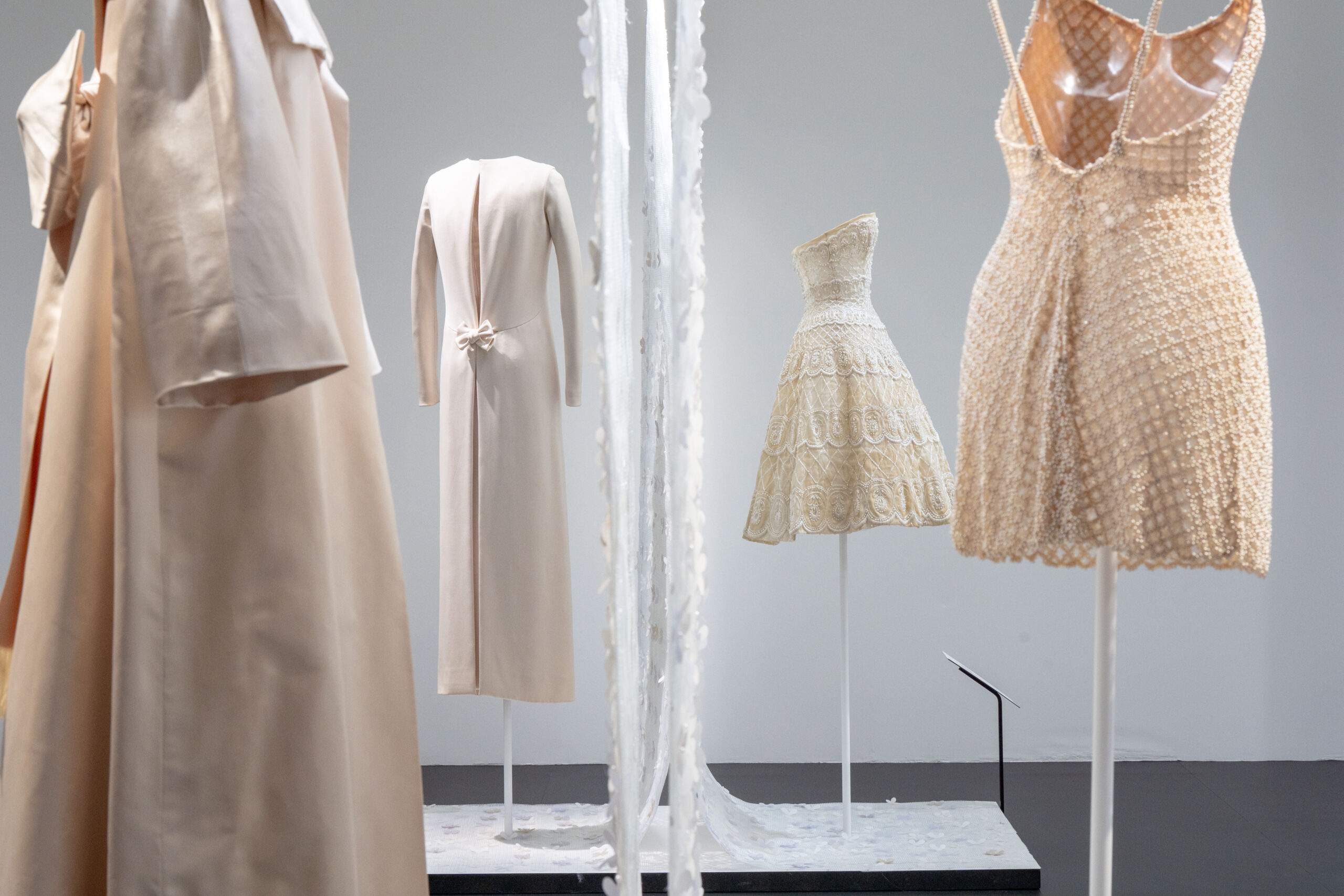Like most of his contemporaries, Cristóbal Balenciaga was a self-taught prodigy. Born in 1895 in a small village in the province of Gipuzkoa, Spain, he grew up assisting his seamstress mother. At that time, there were no fashion schools or formal training in design or modeling, and families living in poverty often learned sewing through practical experiences provided by local churches. At the age of 12, he left school and began working as an apprentice in a tailor’s workshop. Working in the tailoring industry, Cristóbal caught the eye of the Marchesa di Casa Torres, a local noblewoman who took him under her wing and invited him to spend summers at Palacio Aldamar, her summer residence. At her own expense, the marchesa sent him to study the art of tailoring in Madrid. The first Balenciaga boutique opened in San Sebastian in 1919, but it wasn’t yet under the prestigious name we know today; it was named Elisa, a shortened version of his mother’s maiden name. In 1937, due to the Spanish Civil War, Balenciaga was forced to move to France, and his first Parisian atelier – located on Avenue Georges V – quickly became the most exclusive in Paris. Renowned for initiating his creative process with the choice of fabric rather than a predefined design, Balenciaga knew how to manipulate materials to their fullest potential, earning him immediate admiration.
In July 1940, as the Nazis and their wives hurried to attend the fashion shows of the recently arrived fashion house in the capital, Balenciaga abruptly closed on the decision of the German authorities. The Nazis, it seems, did not truly appreciate Cristóbal’s new hats; they deemed them too eccentric, a threat to public order. The couturier concealed his anger and declared himself apolitical. Shortly after the administrative closure, the house reopened its doors in September 1940, with the condition of not creating hats for three months. Apart from this brief period of forced interruption, Balenciaga never ceased working during World War II, like the few dozen other fashion houses authorized by the regime. Amidst the war, customers risked their safety to travel to Europe and witness his creations. During this time, Balenciaga became renowned for his square coat, with sleeves cut in a single piece with the yoke, and for his designs featuring black lace.
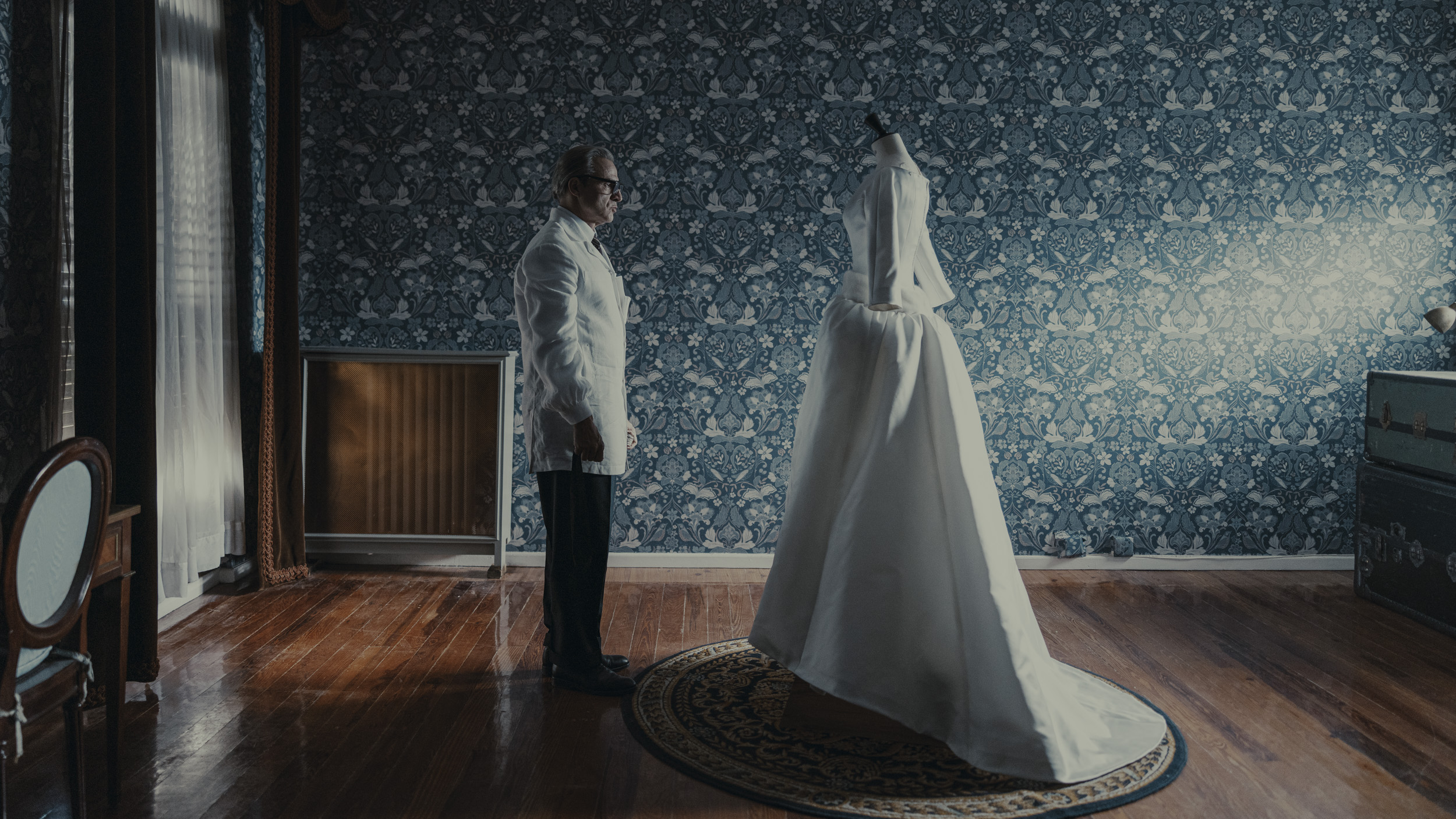
The official reason that allowed him to continue his business was never officially communicated. According to some historians and journalists from El Pais, this could be linked to the connections between the designer and Francisco Franco, an ally of Adolf Hitler. Some relatives of the Spanish dictator’s regime, such as Carmen Polo, Carmen Franco, and the Marchesa de Llanzol, were devoted clients of Balenciaga. The post-war era was about to unfold as a period of celebration.
It is only after the Second World War that Balenciaga is internationally recognized as the architect of Haute Couture. In 1951, he completely transforms the silhouette and traditional structure of contemporary costumes by adding broader shoulders and deciding to eliminate the waistline. In 1953, he designs the balloon jacket, in 1957 the baby-doll dress embellished with ruffles and draping, and the cocoon coat, the balloon skirt, and the tulip dress — a trapeze design crafted in silk gazar.
In 1959, the fascination with abstraction and architectural rigor reaches its pinnacle with the Empire line, featuring high-waisted dresses and coats cut like kimonos. Among his clientele are notable figures such as Bunny Mellon, Babe Paley, Millicent Rogers, Pauline de Rothschild, Marella Agnelli, Gloria Guinness, and Mona von Bismarck. John F. Kennedy and Jackie clash during the presidency due to the First Lady’s love for the creations of the Spanish couturier, outfits her husband deemed excessively extravagant for the American public; the expenses will be covered by her father-in-law, Joseph P. Kennedy. For all these reasons, Cristóbal Balenciaga opens the 2024 Disney+ series season, focusing on the life of a hermetic poet with extraordinary talent. The series unfolds the designer’s career as he presents his first Haute Couture collection in 1937, in Paris. Chanel, Dior, and Givenchy were then undisputed giants in the industry. Until the arrival of Cristóbal.
“My life has been my work: style, discretion, exclusivity. Survival, fear, betrayal, resistance. Paris, Madrid, Getaria. The press. Dior, Givenchy, Chanel. They all created the mystery of Balenciaga.”
